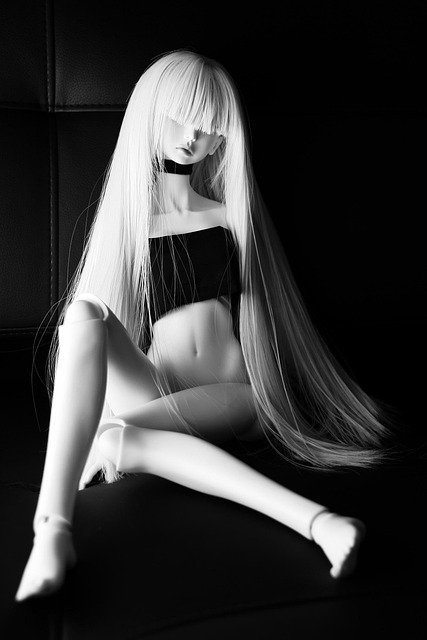Color Analysis: Understanding Color Theory and Personal Palettes
Color analysis is a method for identifying which colors suit a person’s natural coloring or an object’s purpose, and it draws on principles of color theory, the color wheel, and color psychology to create visually pleasing combinations. Beyond fashion and design, color analysis helps photographers, interior designers, and brands make consistent choices that enhance clarity, mood, and perceived harmony. This article explains the main concepts behind color analysis and practical ways to apply them.

What is color theory?
Color theory is the set of rules and guidelines designers use to mix, arrange, and pair colors for effective visual communication. It combines physics (how light and pigments behave), perception (how humans see and interpret color), and cultural context (how colors are associated with meaning). Understanding color theory helps when selecting palettes for branding, textiles, or interiors; it explains why some combinations feel balanced while others clash and provides a foundation for more deliberate color analysis.
Color theory also covers technical aspects such as color models (RGB for screens, CMYK for print) and attributes of color—hue (the name of the color), saturation (intensity), and value (lightness or darkness). These attributes are key when tailoring a palette to skin tone, lighting conditions, or a particular mood.
How does the color wheel work?
The color wheel is a circular diagram that organizes colors around a spectrum and shows relationships between primary, secondary, and tertiary hues. Primary colors (red, blue, yellow in traditional pigment theory) mix to form secondary colors (green, orange, purple), and further mixing yields tertiary hues. The wheel visually reveals complementary colors (opposites on the wheel), analogous colors (neighbors), and triadic sets (three evenly spaced hues), which are useful for building balanced palettes.
Practically, the color wheel is a quick reference for creating contrast or harmony. Complementary pairs offer high contrast and dynamism, while analogous schemes give a more cohesive and soothing result. Designers and stylists often start with the wheel to generate options and then refine choices by adjusting saturation and value to suit the context or individual.
What is color analysis?
Color analysis, in personal styling or design, evaluates which colors harmonize with a person’s natural coloring (skin, hair, eyes) or an object’s intended effect. In personal applications, systems often categorize people into seasonal palettes or tonal groups, recommending ranges of hues and contrasts that enhance complexion and reduce visual tension. For product and interior design, analysis considers the environment, lighting, and brand voice to choose colors that support usability and perception.
A professional color analysis session can use draping fabrics, digital tools, or photographic tests to compare candidate colors. Results are practical: usable color swatches, guidance on contrast levels for outfits or branding, and notes about which colors to avoid. For those seeking hands-on help, local services such as image consultants, stylists, or design firms offer in-person and virtual color analysis.
How does color psychology influence choices?
Color psychology studies how colors affect emotions, behavior, and decision-making, though effects can vary by culture and personal experience. Warm colors like red and orange can convey energy or urgency, while cool colors like blue and green often suggest calm or trustworthiness. These associations guide choices in marketing, workspace design, and healthcare environments to support intended responses.
Applying color psychology in analysis means aligning palette choices with desired outcomes: a retail brand may use energetic accents to stimulate action, while a spa might select muted greens and soft blues to promote relaxation. It’s important to avoid absolute claims; color psychology provides tendencies rather than guaranteed responses, and context (lighting, texture, surrounding colors) significantly modifies perceived effects.
How to achieve color harmony?
Color harmony is about arranging colors so they feel balanced and pleasant together. Techniques include using analogous schemes for subtle cohesion, complementary contrasts for vibrancy, or monochromatic palettes for elegant simplicity. Beyond wheel relationships, harmony involves balancing hue, saturation, and value: introducing neutrals, limiting the number of saturated colors, and ensuring contrast for readability or visual focus.
In practical settings, start with a dominant color, add one or two supporting colors, and include neutrals for rest. Test palettes under the lighting conditions where they’ll be used—daylight, incandescent, or screen light changes perception. For personal wardrobes, choose clothes that align with your recommended palette and mix textures and neutrals to extend versatility. For spaces or brands, create mood boards and sample physical swatches to confirm harmony in real-world conditions.
Conclusion
Color analysis bridges theory and practice, using the color wheel, principles of color theory, and insights from color psychology to create palettes that read well in context and flatter the subject. Whether refining a personal wardrobe, designing a room, or building a brand palette, systematic analysis and real-world testing help ensure color choices look intentional and harmonious.






